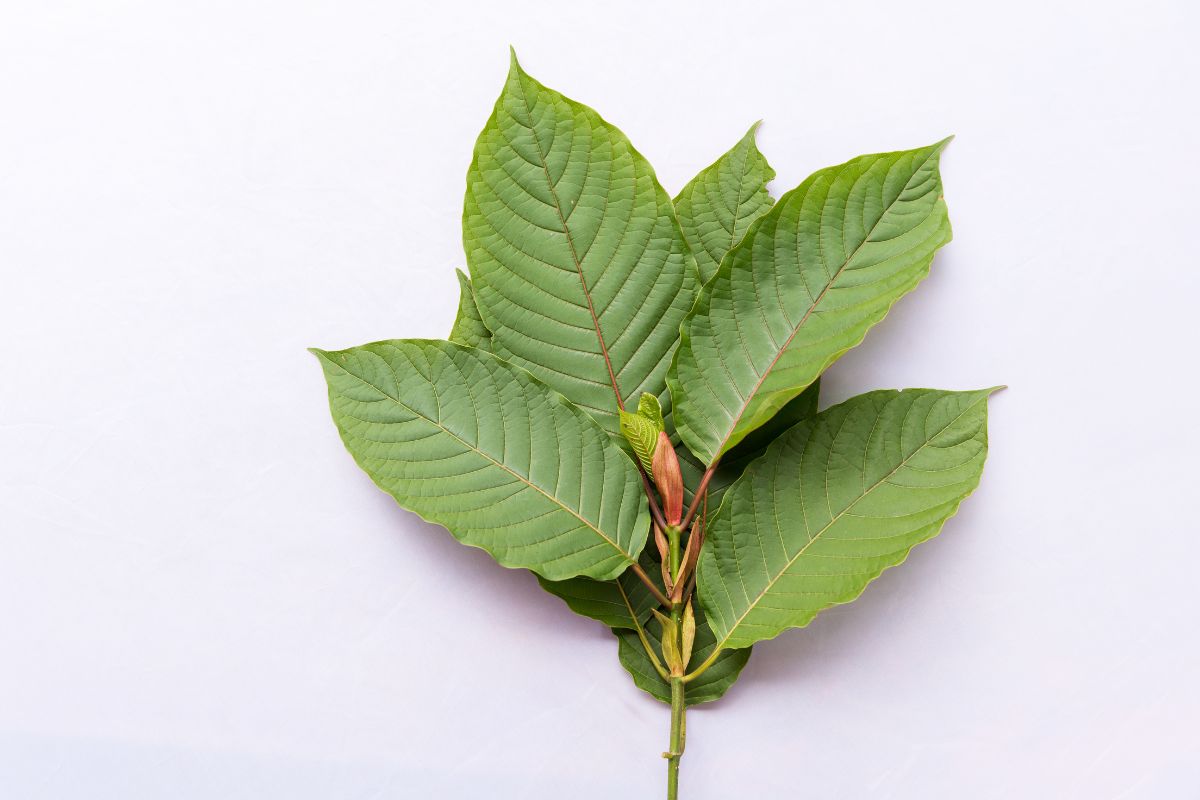
Kratom has been making waves lately, but what exactly is it? Kratom is a tropical tree native to Southeast Asia, particularly Thailand, Malaysia, and Indonesia. Its leaves have been used for centuries for their medicinal properties. People chew the leaves, brew them into tea, or crush them into powder. Kratom is known for its stimulating effects in small doses and sedative effects in larger amounts. It’s often used to manage pain, boost energy, and improve mood. However, it’s not without controversy. Some countries have banned it due to potential health risks. Curious about more? Here are 15 fascinating facts about Kratom you might not know!
What is Kratom?
Kratom, a tropical tree native to Southeast Asia, has gained popularity for its potential medicinal properties. Known scientifically as Mitragyna speciosa, its leaves have been used traditionally for centuries. Here are some intriguing facts about this unique plant.
-
Kratom belongs to the coffee family. The tree is part of the Rubiaceae family, which also includes coffee and gardenia. This connection might explain some of its stimulating effects.
-
Traditional uses in Southeast Asia. In countries like Thailand, Malaysia, and Indonesia, people have chewed kratom leaves for centuries to combat fatigue, improve productivity, and manage pain.
Chemical Composition of Kratom
The unique effects of kratom are due to its complex chemical makeup. Understanding these compounds can shed light on why kratom has such varied effects.
-
Contains over 40 active compounds. Kratom leaves are rich in alkaloids, with mitragynine and 7-hydroxymitragynine being the most prominent. These compounds interact with the brain's opioid receptors.
-
Mitragynine is the primary alkaloid. This compound is responsible for most of kratom's effects, including pain relief and stimulation. It can act as both a stimulant and a sedative, depending on the dose.
Effects and Uses of Kratom
Kratom's versatility makes it popular for various purposes. From pain relief to mood enhancement, its effects can vary widely.
-
Low doses act as a stimulant. At lower doses, kratom can increase energy, alertness, and sociability, similar to the effects of caffeine.
-
Higher doses have sedative effects. In larger amounts, kratom can produce calming, pain-relieving, and euphoric effects, making it useful for managing chronic pain and anxiety.
-
Potential for addiction treatment. Some studies suggest kratom might help manage opioid withdrawal symptoms, offering a natural alternative for those seeking to overcome addiction.
Legal Status of Kratom
Kratom's legal status varies widely around the world. Its potential benefits and risks have led to differing regulations.
-
Legal in the United States, but regulated. While kratom is legal at the federal level, some states and cities have banned or restricted its use. Always check local laws before purchasing or using kratom.
-
Banned in several countries. Countries like Thailand, Malaysia, and Australia have banned kratom due to concerns about abuse and addiction.
Health Risks and Concerns
Despite its potential benefits, kratom is not without risks. Understanding these can help users make informed decisions.
-
Risk of dependency and addiction. Regular use of kratom can lead to dependency, with withdrawal symptoms similar to those of opioids.
-
Possible side effects. Common side effects include nausea, constipation, dizziness, and drowsiness. In rare cases, more severe reactions like seizures or liver damage can occur.
-
Interactions with other substances. Kratom can interact with other medications and substances, potentially leading to dangerous side effects. Always consult a healthcare provider before combining kratom with other treatments.
Research and Controversies
Kratom remains a topic of ongoing research and debate. Its potential benefits and risks continue to be explored.
-
Limited scientific research. Despite its long history of use, scientific research on kratom is still in its early stages. More studies are needed to fully understand its effects and potential medical uses.
-
Controversial in the medical community. Opinions on kratom are divided. Some healthcare professionals see its potential benefits, while others are concerned about its risks and lack of regulation.
-
Advocacy and opposition. Kratom has passionate supporters who advocate for its benefits and legal status. Conversely, there are groups pushing for stricter regulations due to concerns about safety and abuse.
Final Thoughts on Kratom
Kratom is a fascinating plant with a rich history and diverse uses. From its traditional role in Southeast Asian cultures to its modern applications, kratom continues to intrigue researchers and users alike. Whether you're interested in its potential benefits for pain relief, mood enhancement, or its controversial legal status, there's no denying kratom's impact on many lives.
Remember, while kratom offers potential benefits, it also comes with risks. Always consult a healthcare professional before trying new supplements. Stay informed, use responsibly, and keep an eye on ongoing research to make the best decisions for your health.
Thanks for joining us on this journey through the world of kratom. We hope you found these facts enlightening and helpful. Stay curious and keep exploring the wonders of nature!
Was this page helpful?
Our commitment to delivering trustworthy and engaging content is at the heart of what we do. Each fact on our site is contributed by real users like you, bringing a wealth of diverse insights and information. To ensure the highest standards of accuracy and reliability, our dedicated editors meticulously review each submission. This process guarantees that the facts we share are not only fascinating but also credible. Trust in our commitment to quality and authenticity as you explore and learn with us.
